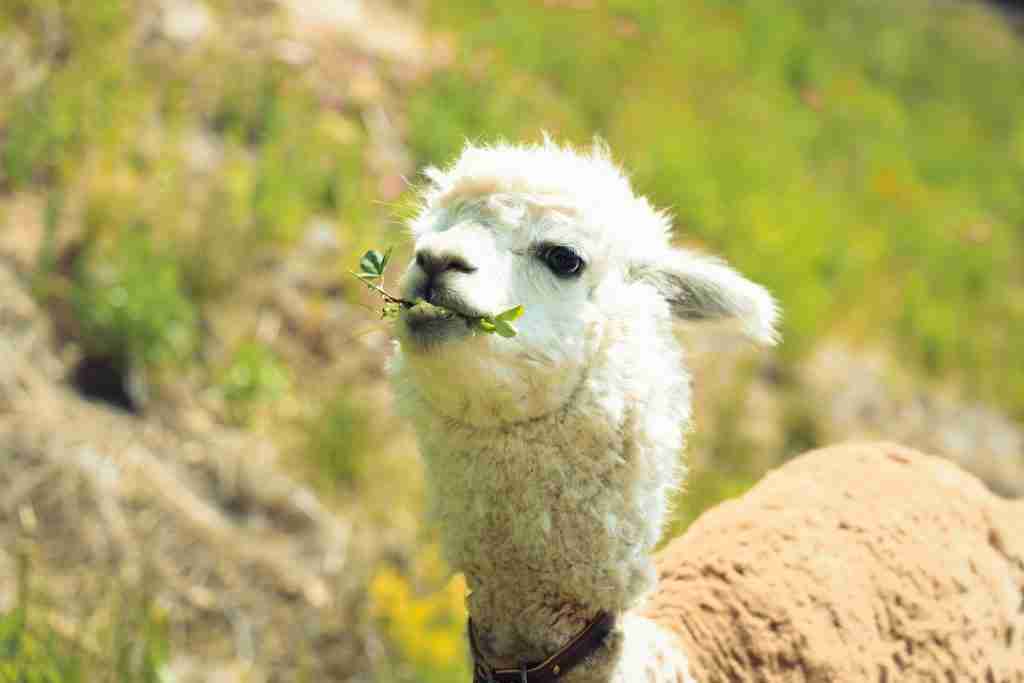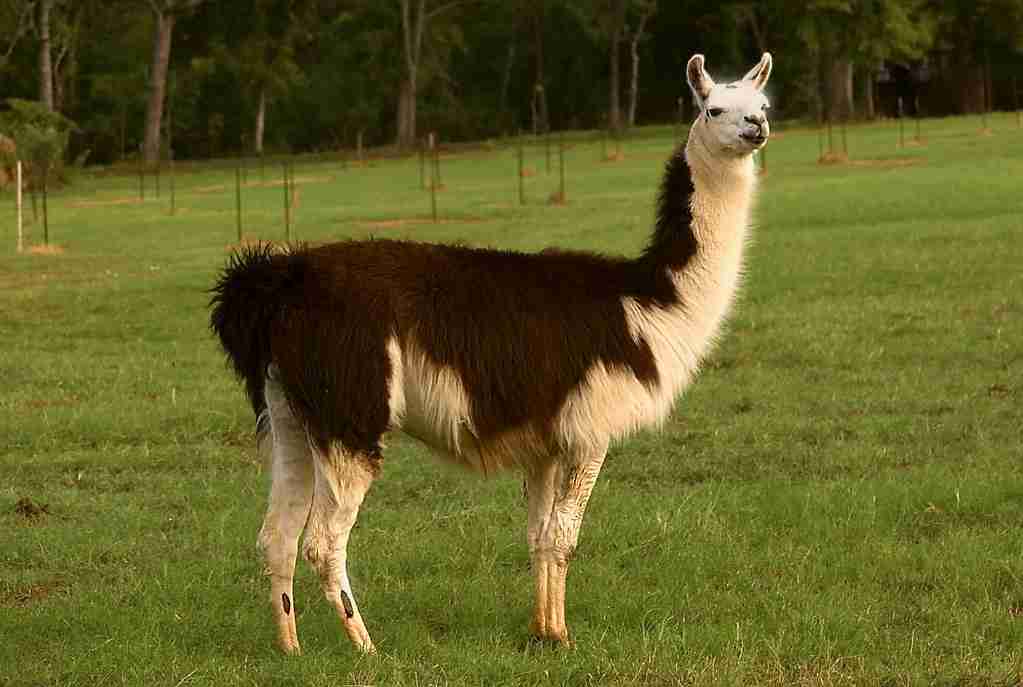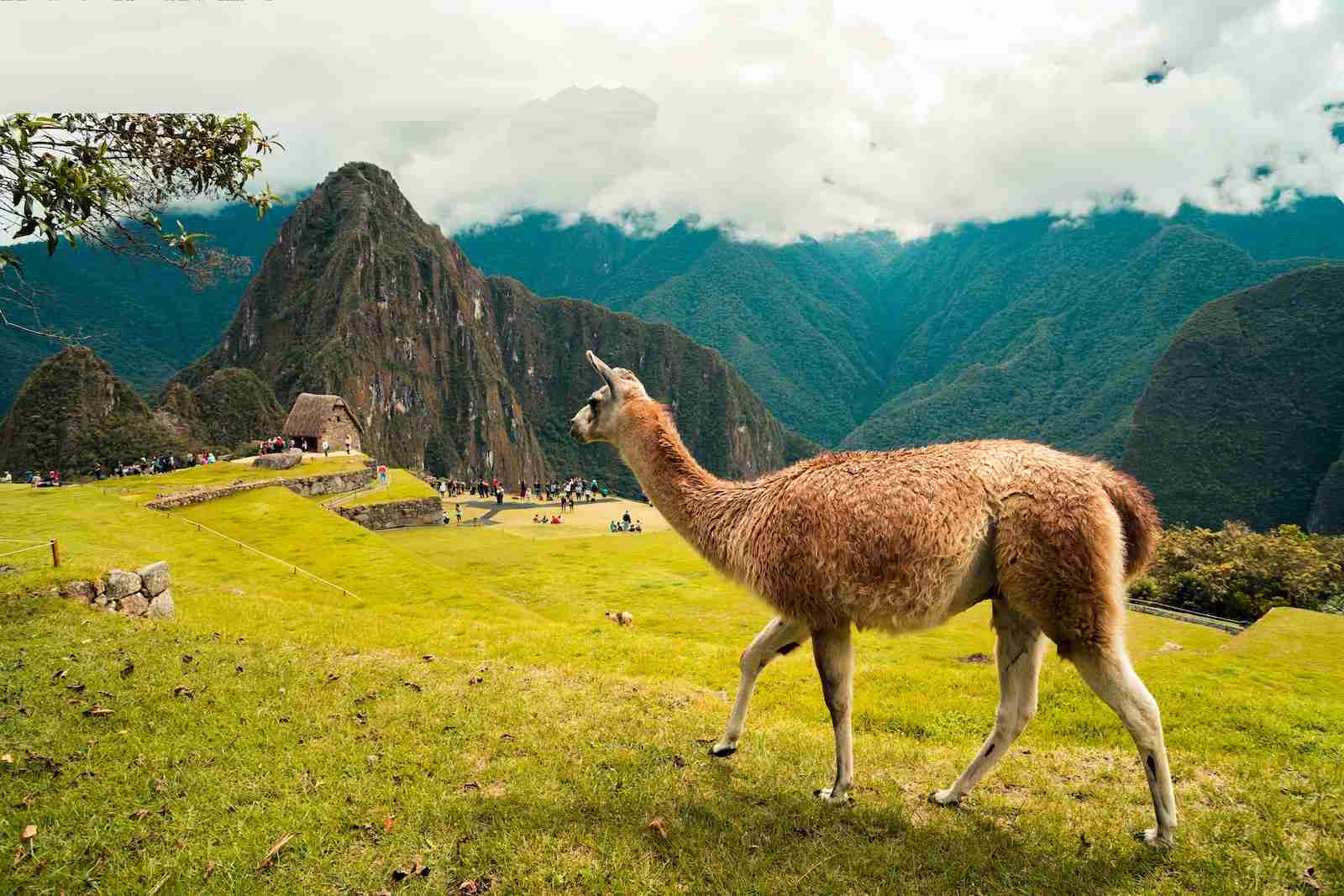24 Fun Facts About Llamas: Surprising Details About These Furry Camelids
1. Llamas are members of the camel family and are native to South America.
They are found in the highlands of the Andes Mountains and are often associated with the indigenous people of the region, who have used them for transportation, wool, and meat for thousands of years.
2. Llamas are often used as pack animals in the Andes Mountains.
Because of their surefootedness and ability to carry up to a quarter of their body weight in supplies, they are valuable for transporting goods across difficult terrains, such as steep mountainsides and narrow trails.
3. Llamas have soft, fine wool that is highly prized by weavers.
The wool is naturally lanolin-free, making it hypoallergenic and easy to work with.
Llama wool is often used to make luxurious clothing, such as scarves, hats, and sweaters.
4. Llamas can weigh up to 400 pounds.

Despite their large size, they are nimble and agile on their feet.
They are able to run at speeds of up to 35 miles per hour and jump up to six feet high.
5. What is the difference between a llama and alpaca?
Llamas and alpacas are both domesticated South American camelids and look very similar at first glance. However, there are a few key differences between them.
Llamas are larger and have longer, curved ears, while alpacas are smaller with straight, pointed ears.
Llamas are also typically used as pack animals or for meat, while alpacas are primarily raised for their soft wool.
6. Llamas communicate with each other through a variety of sounds, including humming, clucking, and screaming.
Humming is a common sound that llamas make to express contentment or communicate with other llamas.
Clucking is a sign of aggression or dominance while screaming is a warning call that indicates danger.
7. Llamas are known for their unique, long necks and large, expressive eyes.
Their necks are used for reaching high branches and for social displays, such as when males compete for dominance. Their eyes are large and expressive, which gives them a curious and intelligent appearance.
Llamas are also known for their long eyelashes, which protect their eyes from the bright sun and dust in the high-altitude regions where they live.
8. Llamas have a lifespan of around 20 years.
This can vary depending on their living conditions and the care they receive, but with proper nutrition and medical attention, llamas can live long and healthy life.
In their natural habitat, however, llamas face a number of threats that can reduce their lifespan, such as predators, harsh weather conditions, and disease.
9. Llamas can spit when they feel threatened or annoyed.

This is a common defense mechanism that llamas use to protect themselves from perceived threats, such as other llamas or predators.
Llamas can spit up to ten feet away and their aim is surprisingly accurate.
10. Llamas are vegetarian and primarily eat grass and hay.
They have a very efficient digestive system that allows them to extract maximum nutrition from their food. In the wild, llamas graze on a variety of plants, including grasses, shrubs, and leaves.
In captivity, they are usually fed hay and supplements to ensure they get all the nutrients they need.
11. Llamas have a three-chambered stomach.
This is similar to the stomachs of cows and other ruminants, and it allows llamas to break down tough, fibrous plant matter.
The first chamber is for storage, the second chamber is for fermentation, and the third chamber is for further digestion and absorption of nutrients.
12. What are llamas good for?
Llamas have been domesticated for thousands of years and are primarily used as pack animals in their native South America.
They are strong and hardy animals, capable of carrying heavy loads over long distances. Llamas can also be used for meat, wool, and as guards for other livestock, as they are known to be protective of their herd.
13. Llamas have a natural defense mechanism called “pronking,”.
Pronking is when llamas jump up and down on all four legs, which makes them appear larger and more threatening to potential predators.
This behavior is also seen during play and social interactions with other llamas.
14. Llamas have been domesticated for thousands of years.
They were first domesticated by the indigenous people of the Andes Mountains for their wool, meat, and as pack animals.
Today, llamas are still used for these purposes in South America, and they have also become popular as pets and show animals in other parts of the world.
15. Llamas were once used as sacrifices by the Incas.
The Incas, a pre-Columbian civilization that lived in South America from the 13th to the 16th century, used llamas as part of their religious practices.
They believed that sacrificing llamas would appease their gods and bring good luck to their communities. Llamas were often adorned with colorful ornaments and taken to high altitudes before being sacrificed.
16. Llamas are sometimes used as guard animals for livestock because of their protective nature.
Llamas have a natural instinct to protect their herd, and they can use their strong legs and teeth to fend off predators. This makes them well-suited to guard livestock, such as sheep or goats.
Farmers who use llamas as guard animals often find that they are more effective than traditional guard dogs because they are less likely to attack the livestock themselves.
17. Llama wool is naturally hypoallergenic and water-resistant.
Llama wool is prized for its softness, warmth, and durability. It is also naturally hypoallergenic, which means it is less likely to cause allergic reactions than other types of wool.
In addition, llama wool is water-resistant, making it a popular choice for outdoor clothing and accessories.
18. Llamas are used in some cultures as a symbol of wealth and prosperity.
This is partly due to the valuable resources they provide, such as wool, meat, and transportation. Llamas are also associated with the gods and were often used in religious ceremonies.
As a result, owning llamas was a sign of wealth and status in many communities.
19. Llamas are popular subjects in art and literature.
Llamas have inspired artists and writers for centuries. They are often depicted in paintings, sculptures, and literature as gentle and intelligent animals with distinctive personalities.
Some famous examples include the children’s book “Is Your Mama a Llama?” and the classic film “The Emperor’s New Groove,” which features a llama as one of the main characters.
20. Llamas have been used as pack animals in the United States since the late 1800s.

They were used by miners, explorers, and even the US Army to carry supplies and equipment in rugged terrain.
Today, llamas are still used for packing, as well as for hiking, camping, and other outdoor activities.
21. Llamas have been known to be used in wedding ceremonies as they are considered symbols of unity and strength.
This has led to their use in wedding ceremonies, where they are often incorporated into the festivities in various ways. For example, llamas may be used to carry wedding gifts or to escort the bride and groom to the ceremony.
They are also sometimes included in wedding photos or used as a unique and memorable addition to the celebration.
22. Llamas have two-toed feet, which make them surefooted on rocky terrain.
Two-toed feet make them surefooted on rocky terrain. Their feet have soft, padded sole that helps them grip uneven surfaces and prevent slipping.
Llamas are also able to climb steep inclines and navigate narrow paths with ease.
23. Llamas are often used as therapy animals because of their calming presence.
They have a gentle and curious nature, which makes them well-suited for interacting with humans.
Llamas have been shown to reduce stress and anxiety in people, and they are increasingly being used in nursing homes, hospitals, and other healthcare settings.
24. Where does a llama live?
Llamas are native to the high Andes mountains of South America, where they have been domesticated for thousands of years. They are well adapted to living in high altitudes and can thrive in harsh mountainous environments.
llamas are found all over the world but are most commonly found in South America, as well as in North America, Europe, and Australia, where they are raised for various purposes.







